- Write by:
-
Thursday, October 19, 2023 - 19:33:25
-
127 Visit
-
Print
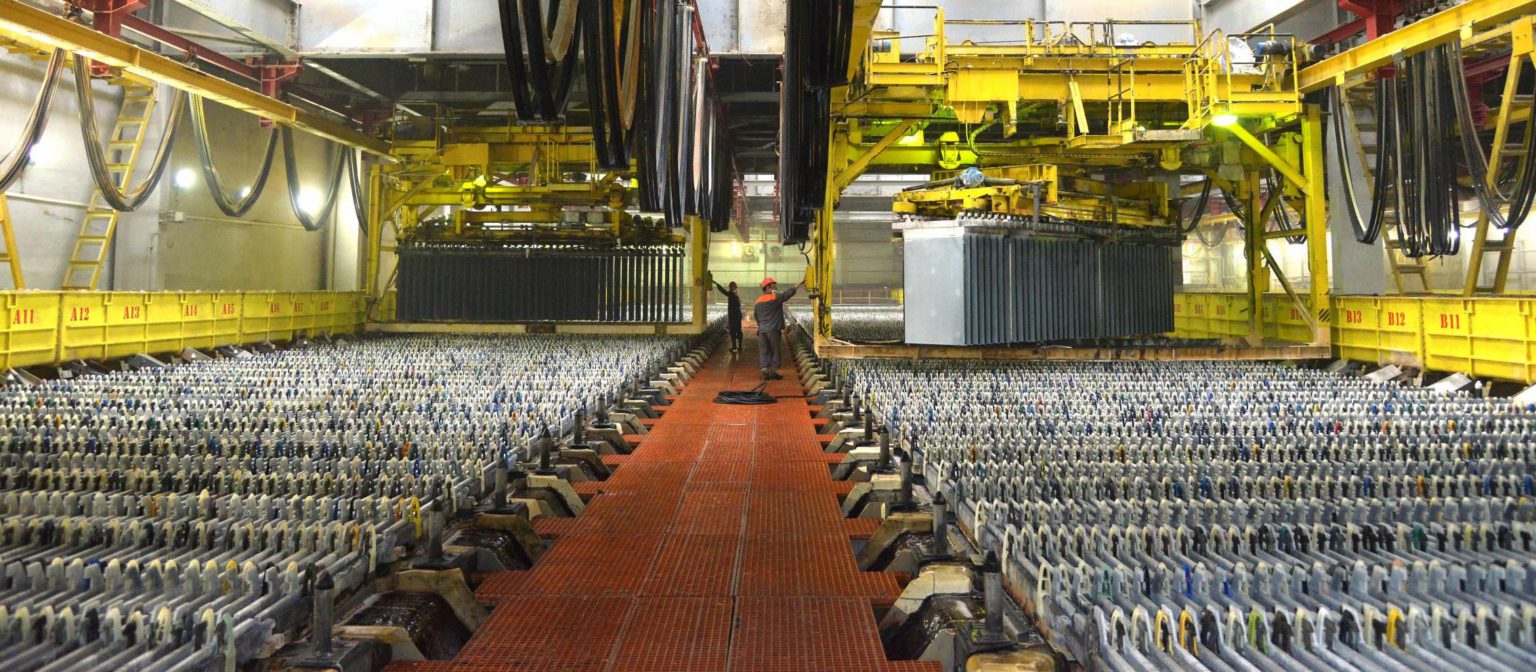
Mining News Pro - Zinc has been the second weakest performer among the London Metal Exchange (LME) base metals pack so far this year.
LME three-month zinc is trading around $2,450 per tonne, down by 18% on the start of the year. Only the dysfunctional nickel contract has fared worse.
Zinc’s relative under-performance is down to a build-up of excess metal as the global market shifts from supply shortfall to widening surplus.
The International Lead and Zinc Study Group’s (ILZSG) statistics committee met earlier this month and reversed its April assessment the market would register a small supply deficit of 45,000 tonnes this year.
It now thinks zinc supply will exceed usage by a hefty 248,000 tonnes with the surplus growing to 367,000 in 2024.
LME stocks, meanwhile, at 80,325 tonnes are the lowest since July. The disconnect between price and inventory is a sign the stocks financiers are back in town.
Shift to surplus
The zinc market’s shift to surplus after two years of supply deficit is down to weaker-than-expected demand and higher-than-expected production.
The ILZSG has downgraded its global usage estimates since it last met in April. Forecast growth in 2023 has been cut from 2.1% to 1.1% with Europe the point of maximum weakness.
European demand is expected to contract by 1.8% this year due to slowing activity in the construction sector, which accounts for around half of zinc demand in the form of galvanised steel.
Europe’s zinc production has also fallen because high energy costs have reduced smelter profitability. The region’s refined metal output dropped by 11.6% last year and is expected to shrink by another 2.6% this year, according to ILZSG.
Any impact on supply has been more than offset by particularly strong run-rates at Chinese smelters, which have soaked up excess mine concentrates this year.
China’s national refined zinc output is expected to grow by 6.7% this year and another 4.1% next year, lifting global production growth to 3.7% and 3.3% respectively.
Even allowing for a recovery in usage growth to 2.5% in 2024, the surge in smelter production will far outpace demand, creating two years of sizeable overhang.
The market got a glimpse of this excess metal in August. A total 90,825 tonnes of metal were placed on LME warrant, lifting the headline stocks figure to an 18-month high of 153,975 tonnes at the end of the month.
But most of what arrived in August was quickly snapped up and cancelled in preparation for physical load-out from the LME warehouse system.
Headline stocks have fallen back to July levels with 29,550 tonnes, or 37% of the total, still in the cancelled warrant departure lounge.
Where is it all going?
Some may head to China, which has flipped back to being a net importer of refined zinc after a rare year of net exports in 2022.
However, some of it appears to be moving into off-market financing deals with Citi believed to have bought large tonnages of zinc and aluminium for this purpose.
The financing trade is predicated on a sufficiently wide contango between nearby and forward months to cover the costs of storage and make a profitable turn by simply holding the metal over the term of the deal.
In August, the benchmark LME time-spread between cash and three-month delivery flexed out to a contango of over $30 per tonne, which was the widest cash discount since early 2021.
The profitability of the trade is also dependent on the cost of storage. LME on-warrant storage costs can be very high, which is why zinc is disappearing into the shadows under a bespoke off-market rental deal.
Hidden surplus
Zinc has seen this sort of stocks financing before, most recently at the end of the last decade, when LME warehouses in New Orleans were at the centre of the play.
There is no LME-registered zinc in the United States with the bulk of what is in the exchange storage system located at Singapore and Malaysia’s Port Klang.
But if the past is anything to go by, expect a period of volatile time-spreads as financiers periodically squeeze the cash date to force owners to release more metal to them.
The recent pattern of stocks build followed by large-scale departures is also likely to become a recurring theme as financiers seek cheaper off-exchange rental deals.
The underlying reality, however, is that the financing trade only makes sense if there is too much not too little metal, whatever exchange stocks appear to signal.
Short Link:
https://www.miningnews.ir/En/News/627531
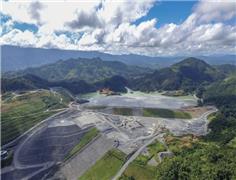
Toronto-listed miner OceanaGold Corp said on Wednesday it will raise 6.08 billion pesos ($106 million) through an ...
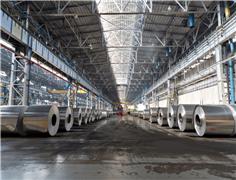
The London Metal Exchange is imposing new rules surrounding the movement of metal in its warehousing network, taking aim ...

A Russian arbitration court ruled on Monday that four units of Swiss commodities trader Glencore will pay more than 11.4 ...
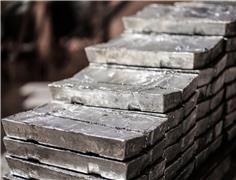
Zinc traded close to a one-year high as metals markets looked past delays to US monetary easing to focus on looming ...
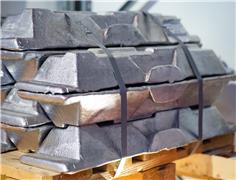
Vietnam’s top miner Vinacomin plans to invest 182 trillion dong ($7.3 billion) to ramp up its alumina-aluminum ...

Rare earths prices in top producer China jumped to their highest in more than seven weeks on Monday on a wave of ...
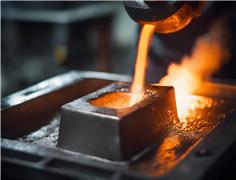
Copper jumped to its highest intraday price since January 2023 as the bellwether industrial metal faces rising tighter ...

Indonesia’s mining minister on Wednesday said divestment of Vale Canada Ltd and Sumitomo Metal Mining Co. Ltd’s shares ...
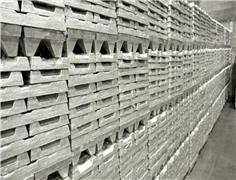
Canadian miner Teck Resources has agreed to pay Korea Zinc $165 per metric ton, a three-year low, to turn its zinc ...
No comments have been posted yet ...